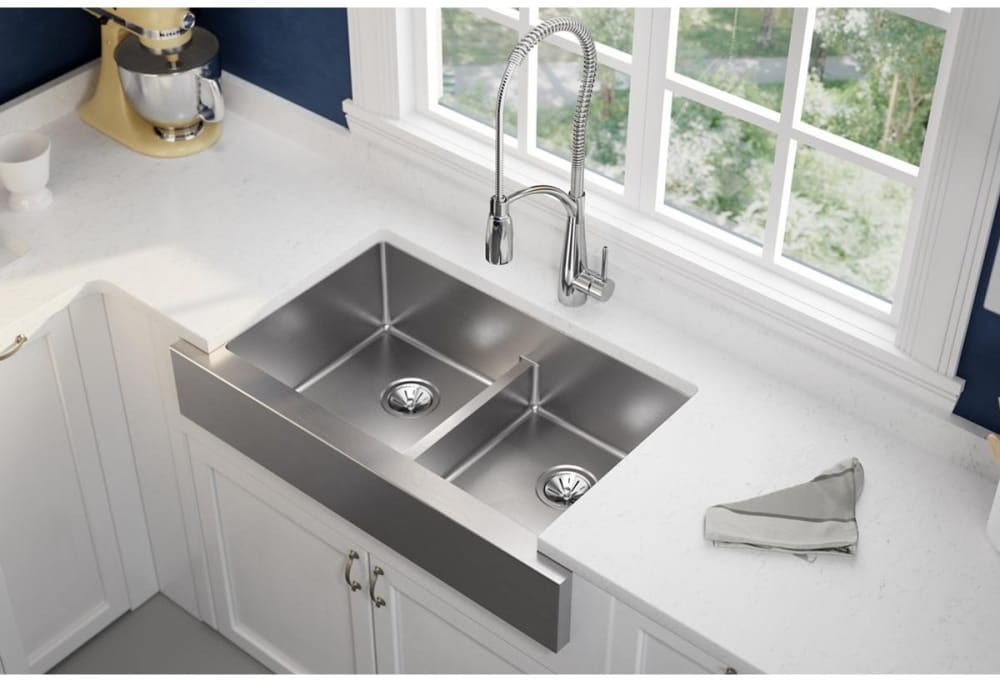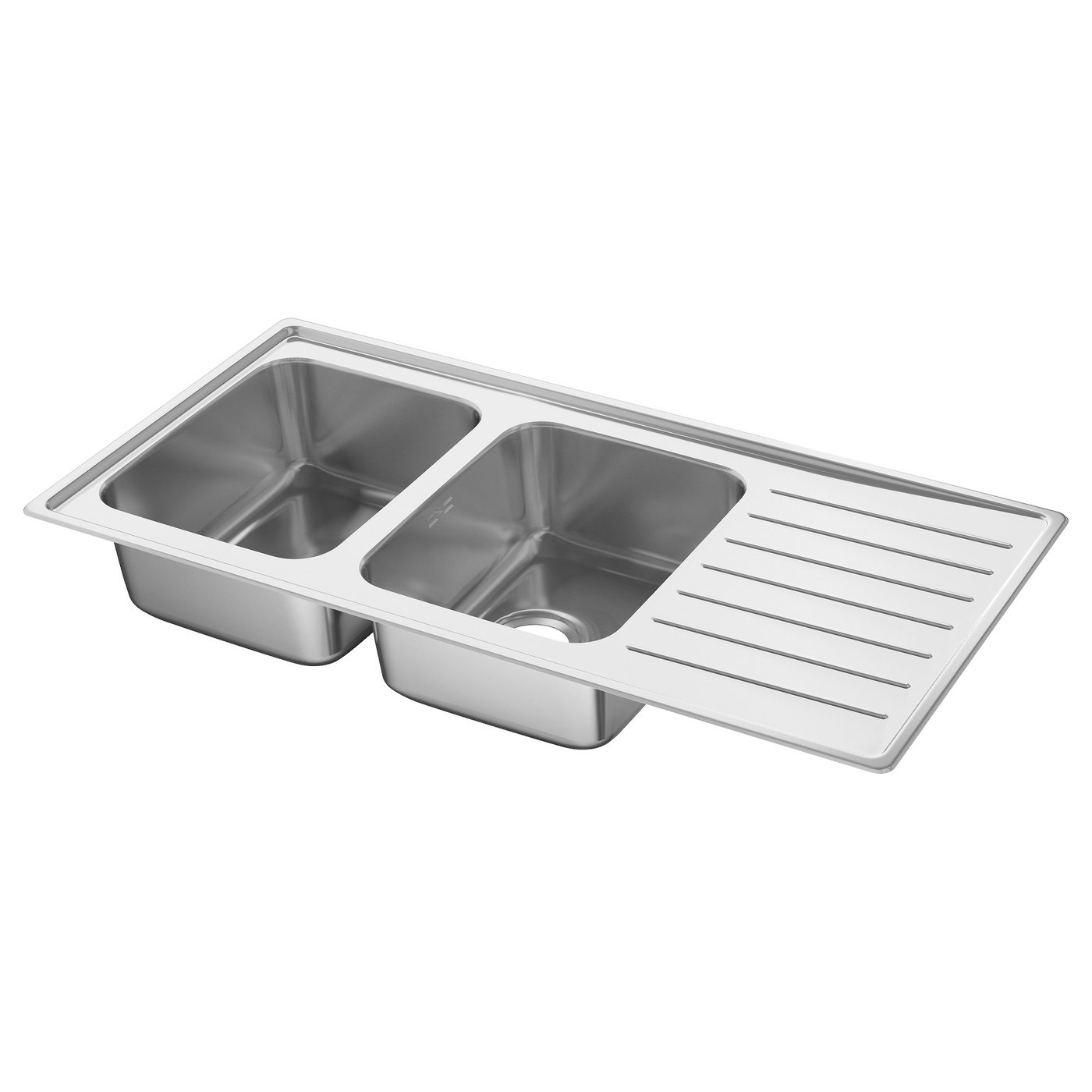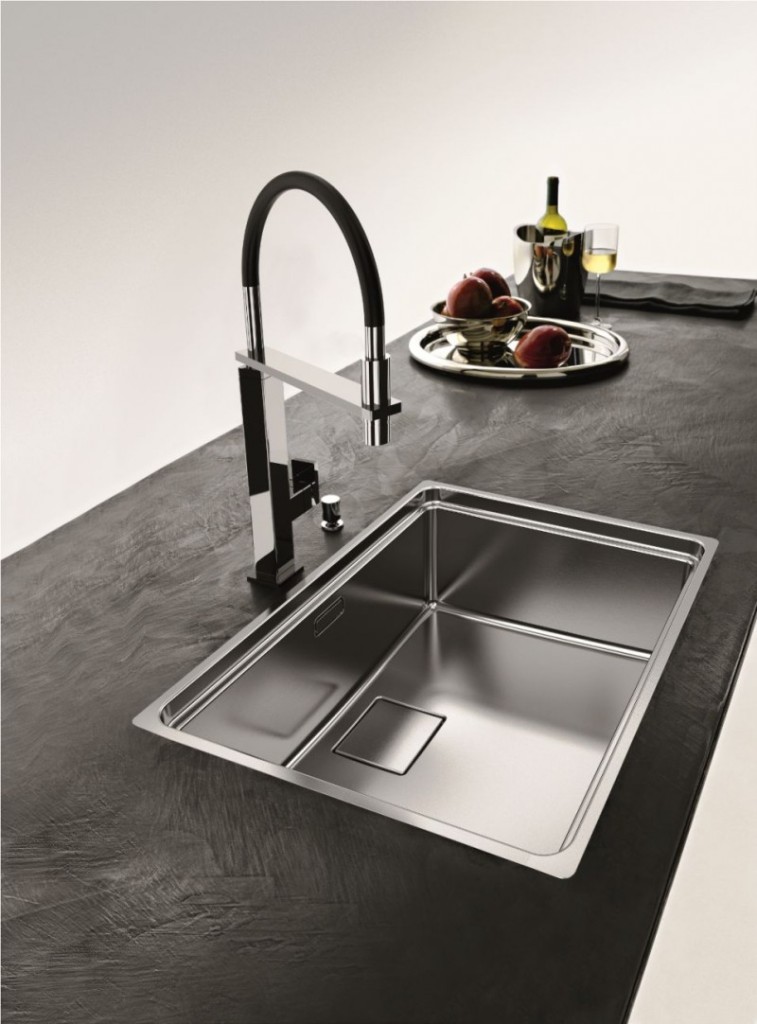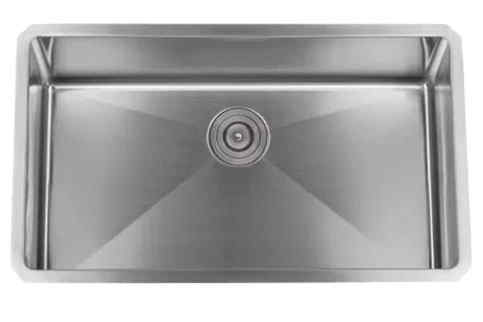The Popularity of Stainless Steel Kitchen Sink Bowls
Stainless steel kitchen sink bowls have become a staple in modern kitchens due to their durability, versatility, and sleek aesthetic. This material is favored for its resistance to corrosion, staining, and rust, making it an ideal choice for the high-moisture environment of a kitchen. Stainless steel sinks are known for their ability to withstand heavy use without showing signs of wear and tear, which is particularly important in busy households where the kitchen sink sees constant activity.
One of the key reasons for the popularity of stainless steel sink bowls is their ease of maintenance. Unlike other materials that might require special cleaning agents or treatments, stainless steel sinks can be easily cleaned with common household products. A simple mix of dish soap and water is usually sufficient to keep the sink looking pristine. Additionally, the non-porous surface of stainless steel means it does not harbor bacteria or odors, contributing to a more hygienic kitchen environment.
Stainless steel sinks also offer a timeless and versatile aesthetic that complements a wide range of kitchen styles. Whether your kitchen design is modern, traditional, or industrial, a stainless steel sink can seamlessly integrate into the space. The reflective quality of stainless steel can also help to brighten up the kitchen, making it appear larger and more open. Furthermore, stainless steel sinks come in various finishes, from brushed to polished, allowing homeowners to choose the look that best suits their taste.
In terms of cost, stainless steel sinks are generally more affordable than other high-end materials like granite or fireclay. This cost-effectiveness does not come at the expense of quality, as stainless steel is renowned for its strength and longevity. Homeowners can find a range of options at different price points, ensuring that there is a stainless steel sink to fit almost any budget. The combination of affordability, durability, and aesthetic appeal makes stainless steel kitchen sink bowls a popular choice for both new kitchen installations and remodels.

Types and Configurations of Stainless Steel Kitchen Sinks
Stainless steel kitchen sinks come in a variety of types and configurations to suit different needs and preferences. The most common configurations include single bowl, double bowl, and triple bowl sinks, each offering distinct advantages depending on how you use your kitchen.
Single bowl sinks are favored for their simplicity and ample space, making them ideal for washing large pots and pans. This type of sink is often chosen for smaller kitchens where counter space is limited, as it allows for maximum sink space without taking up too much room. Single bowl sinks are also easier to clean due to their lack of dividers, which can accumulate grime.
Double bowl sinks provide more versatility and are popular in busy kitchens. These sinks feature two separate compartments, which can be used for different tasks simultaneously, such as washing dishes in one bowl and rinsing vegetables in the other. This setup can help streamline kitchen workflows and make multitasking more efficient. Double bowl sinks come in various configurations, with bowls of equal or varying sizes to suit different needs.
Triple bowl sinks are less common but offer even more functionality. These sinks typically include two larger bowls for washing and rinsing, along with a smaller central bowl for tasks like food prep or soaking utensils. Triple bowl sinks are ideal for large kitchens with ample counter space and for households that require a highly organized and efficient workspace.
In addition to the number of bowls, stainless steel sinks can vary in terms of mounting options. Undermount sinks are installed beneath the countertop, creating a seamless look and making it easy to wipe debris directly into the sink. Drop-in sinks, also known as top-mount sinks, are installed on top of the counter, with the edges resting on the countertop surface. Farmhouse sinks, or apron-front sinks, have a distinctive front panel that extends beyond the edge of the countertop, adding a stylish focal point to the kitchen.

Benefits of Stainless Steel Kitchen Sink Bowls
Stainless steel kitchen sink bowls offer numerous benefits that make them a preferred choice for many homeowners. One of the primary advantages is their exceptional durability. Stainless steel is resistant to dents, scratches, and impacts, which means it can handle the rigors of daily kitchen use without showing significant signs of wear. This durability ensures that the sink remains functional and visually appealing for many years.
Another significant benefit is the ease of cleaning and maintenance associated with stainless steel sinks. The smooth, non-porous surface of stainless steel does not harbor bacteria, mold, or mildew, making it a hygienic choice for the kitchen. Regular cleaning with mild soap and water is typically all that is needed to maintain the sink’s appearance. For tougher stains or water spots, a mixture of vinegar and water can be used to restore the sink’s shine.
Stainless steel sinks are also highly resistant to heat and corrosion. This means that hot pots and pans can be placed directly into the sink without fear of damaging the surface. The material’s resistance to corrosion is particularly important in a kitchen environment, where exposure to water and various cleaning agents is constant. Stainless steel sinks do not rust or stain easily, ensuring that they maintain their appearance and functionality over time.
Additionally, stainless steel sinks are environmentally friendly. Many stainless steel sinks are made from recycled materials, and the sinks themselves are fully recyclable. This makes them a sustainable choice for environmentally conscious homeowners. The production process for stainless steel is also relatively energy-efficient, further reducing the environmental impact. Choosing a stainless steel sink can contribute to a greener kitchen and a more sustainable home.

Choosing the Right Stainless Steel Kitchen Sink
Selecting the right stainless steel kitchen sink involves considering several factors to ensure it meets your needs and complements your kitchen design. One of the first considerations is the gauge of the stainless steel. The gauge refers to the thickness of the steel, with lower numbers indicating thicker, more durable material. For kitchen sinks, a gauge of 16 or 18 is typically recommended, as it provides a good balance of strength and affordability.
Another important factor is the size and configuration of the sink. Consider how you use your kitchen and what tasks you perform most frequently. If you often cook large meals or entertain guests, a larger sink with multiple bowls might be more suitable. On the other hand, if space is limited, a single bowl sink might be the better option. Measure the available space in your countertop to ensure the sink you choose will fit properly and leave enough room for other essential kitchen tasks.
The finish of the stainless steel sink is another aspect to consider. Brushed finishes are popular because they are less likely to show fingerprints and water spots, making them easier to maintain. Polished finishes, while more prone to showing marks, offer a sleek and shiny look that can enhance the overall aesthetic of the kitchen. Decide which finish will best suit your lifestyle and design preferences.
Finally, consider the installation type. Undermount sinks offer a clean, seamless look and make it easy to clean the countertop, as there is no lip to catch debris. Drop-in sinks are easier to install and can be a more cost-effective option, especially in retrofit situations. Farmhouse sinks provide a distinctive and stylish appearance but require more specialized installation. Choose the installation type that best fits your kitchen layout and your installation skills or budget.
Common Mistakes to Avoid
When choosing and installing a stainless steel kitchen sink, there are several common mistakes to avoid to ensure you get the best performance and aesthetic outcome.
Choosing the Wrong Gauge: Opting for a sink with a higher gauge (thinner material) to save money can lead to problems. Thinner stainless steel is more prone to denting and may produce more noise when dishes are placed in the sink. Investing in a lower gauge (thicker material) provides better durability and noise reduction.
Ignoring the Importance of Undermount Installation Quality: For undermount sinks, the quality of the installation is crucial. Poor installation can lead to leaks and gaps where food and debris can accumulate, causing hygiene issues and potential damage to the countertop. It’s essential to hire a professional or ensure proper installation techniques are used.
Mismatching the Sink Size and Kitchen Layout: Selecting a sink that is too large or too small for your kitchen layout can lead to functional and aesthetic problems. A sink that is too large can overwhelm a small kitchen and reduce valuable counter space, while a sink that is too small may not provide adequate functionality for your needs. Measure your space carefully and choose a size that complements your kitchen.
Overlooking the Importance of Soundproofing: Stainless steel sinks can be noisy, especially if they are made from thinner material. Many sinks come with sound-deadening pads or coatings to reduce noise. Neglecting to consider soundproofing can result in a sink that is loud and disruptive during use. Choose a sink with adequate soundproofing features for a quieter kitchen experience.
What gauge is best for stainless steel kitchen sinks?
The best gauge for stainless steel kitchen sinks is typically 16 or 18. A lower gauge number indicates a thicker, more durable material. Thicker stainless steel (16 gauge) offers better resistance to dents and noise reduction, making it a preferred choice for many homeowners. However, 18 gauge is also a good option for those seeking a balance between durability and cost.
How do I clean and maintain a stainless steel kitchen sink?
Cleaning and maintaining a stainless steel kitchen sink is straightforward. Regularly wash the sink with a mixture of dish soap and water, using a soft sponge or cloth. For tougher stains or water spots, a solution of vinegar and water can be effective. Avoid using abrasive cleaners or steel wool, as these can scratch the surface. Rinse thoroughly after cleaning and dry with a soft cloth to prevent water spots and maintain the sink’s shine.
Are there different finishes available for stainless steel sinks?
Yes, stainless steel sinks come in various finishes, including brushed and polished. Brushed finishes are popular because they are less likely to show fingerprints and water spots, making them easier to maintain. Polished finishes offer a sleek, shiny look but may require more frequent cleaning to keep them looking pristine. Choose a finish that suits your aesthetic preferences and maintenance willingness.
Can stainless steel sinks rust?
Stainless steel sinks are highly resistant to rust due to their chromium content, which forms a protective layer on the surface. However, if the surface is damaged or exposed to harsh chemicals, rust can potentially develop. Proper cleaning and maintenance, along with avoiding harsh cleaners, can prevent rust from forming. If rust spots do appear, they can often be removed with a paste of baking soda and water.
What are the advantages of an undermount stainless steel sink?
Undermount stainless steel sinks offer several advantages, including a seamless look that integrates smoothly with the countertop. This installation type makes it easy to clean the countertop, as there is no lip to catch debris. Undermount sinks also provide a more modern and streamlined appearance, which can enhance the overall aesthetic of the kitchen. However, professional installation is recommended to ensure a secure and leak-free fit.

VATTUDALEN Inset sink, 2 bowls with drainboard – stainless steel

DIY Stainless Sink from salad bowl Stainless sink, Diy bowl sink, Stainless steel bathroom sink

Brushed Stainless Steel Round Bowl Inset Kitchen Sink

Stainless Steel Kitchen Sink – Double Bowl. Size: 1160 x 510 x 220mm RRP $750

Gorgeous Kitchen Sink Ideas

Kitchen Sinks EatGatherLove Kitchen Company

Franke Mythos MYX 160-50-16 Stainless Steel Sink Stainless steel sinks, Stainless steel

Handmade kitchen sink Stainless steel brushed double bowl Wire drawing process seamless welding

Related Posts:
.JPG)